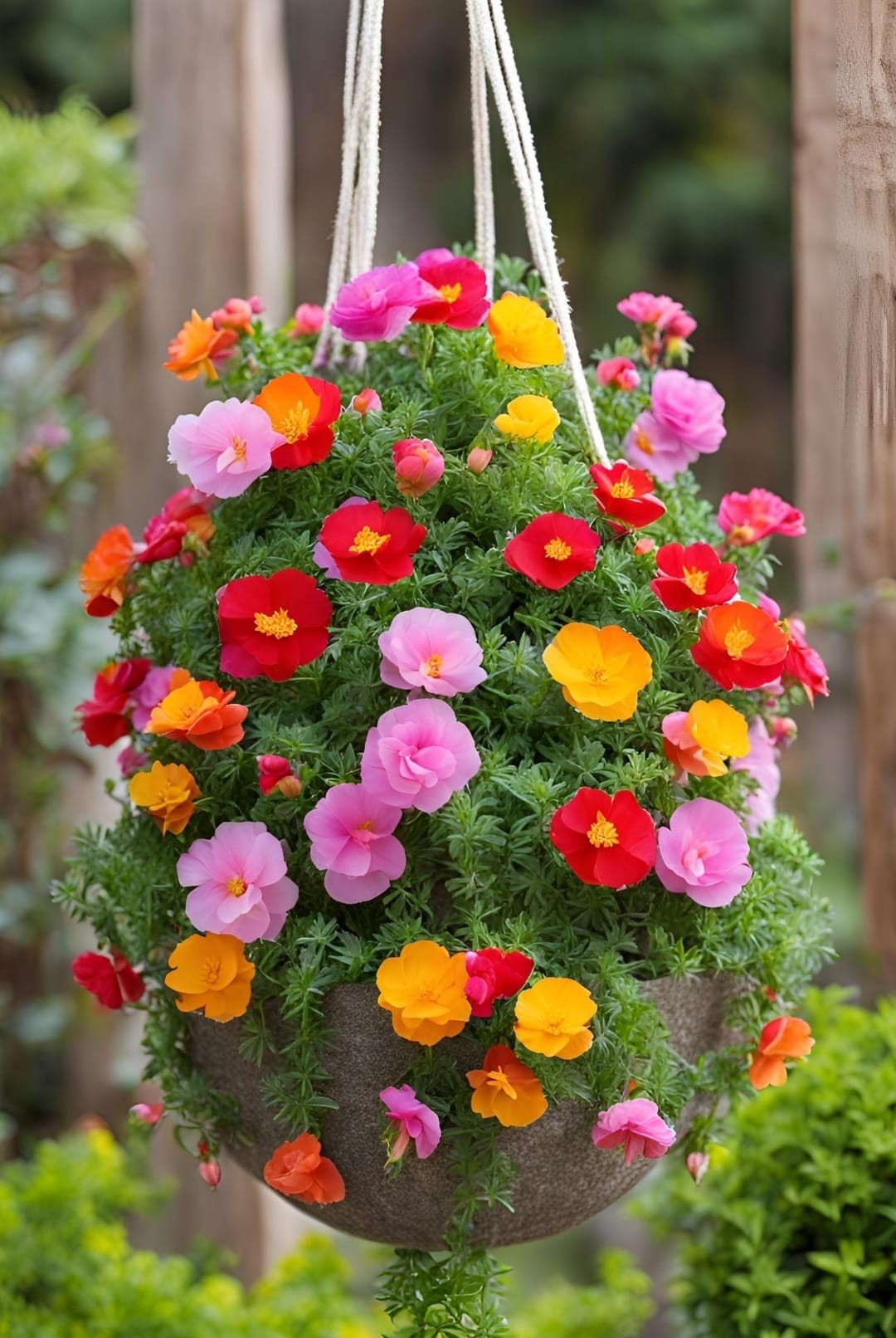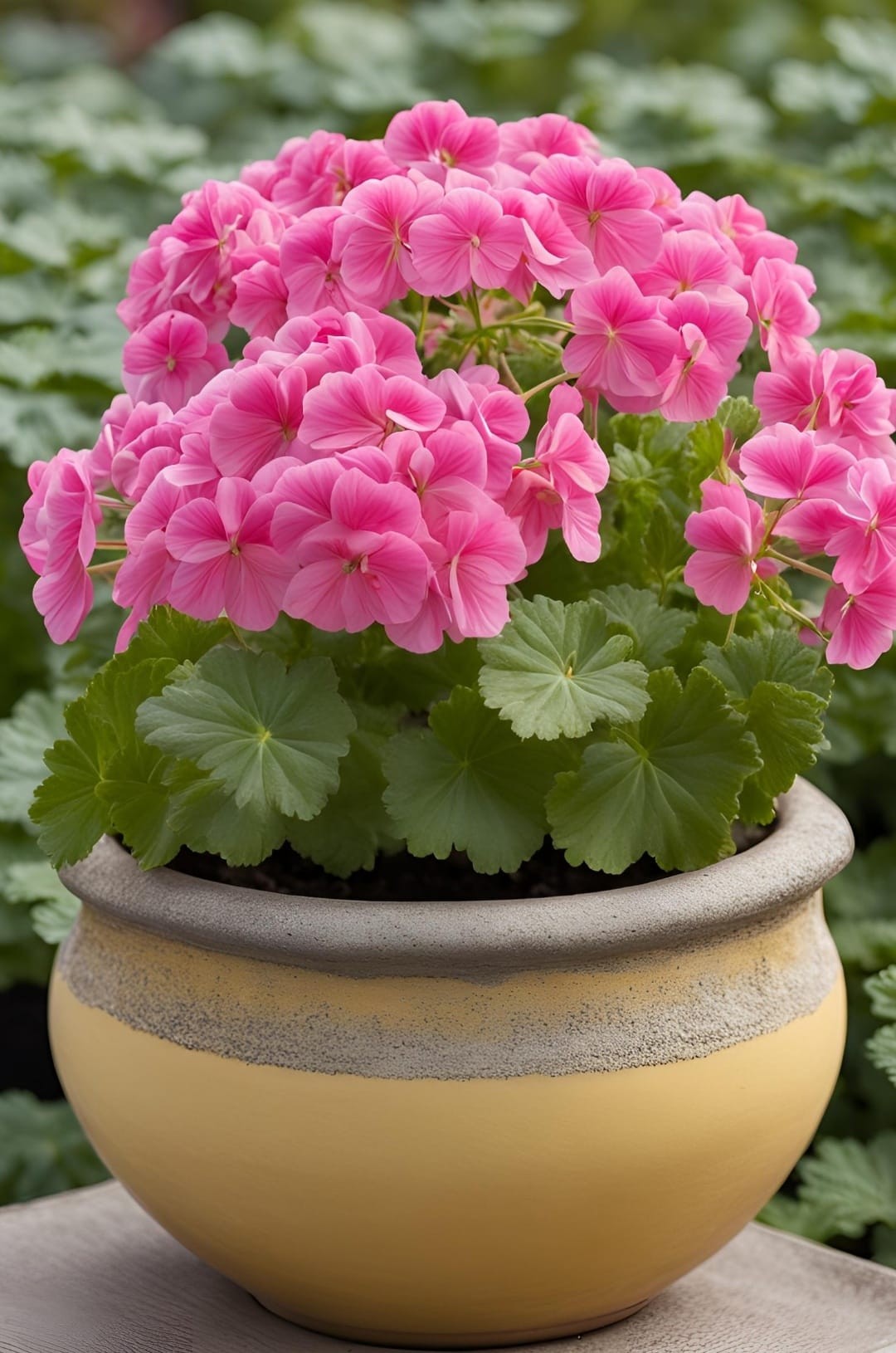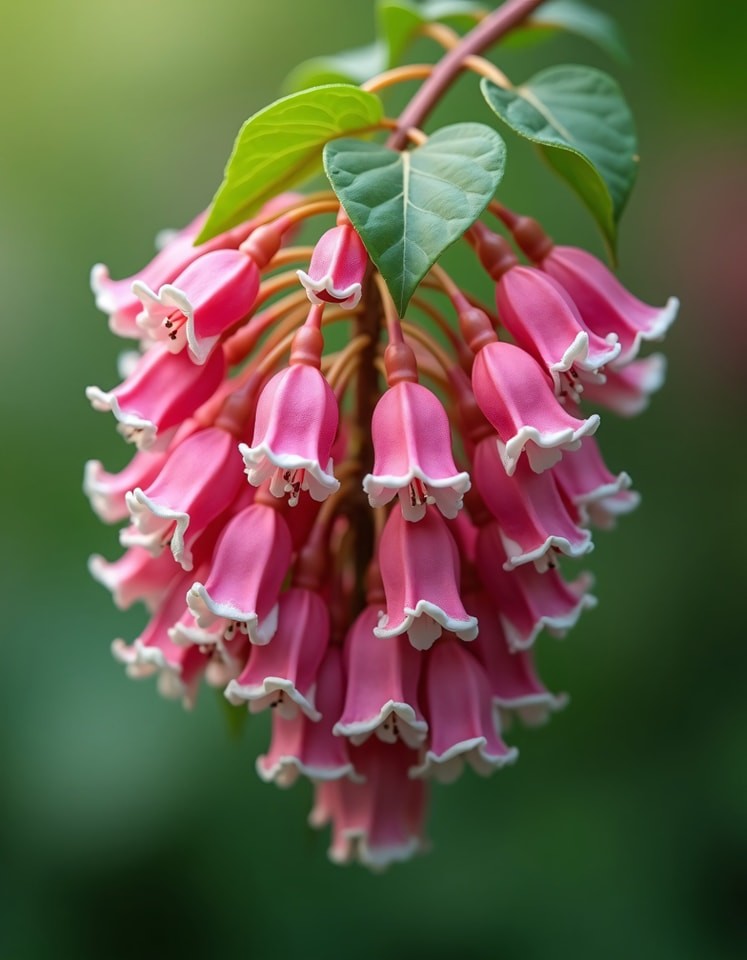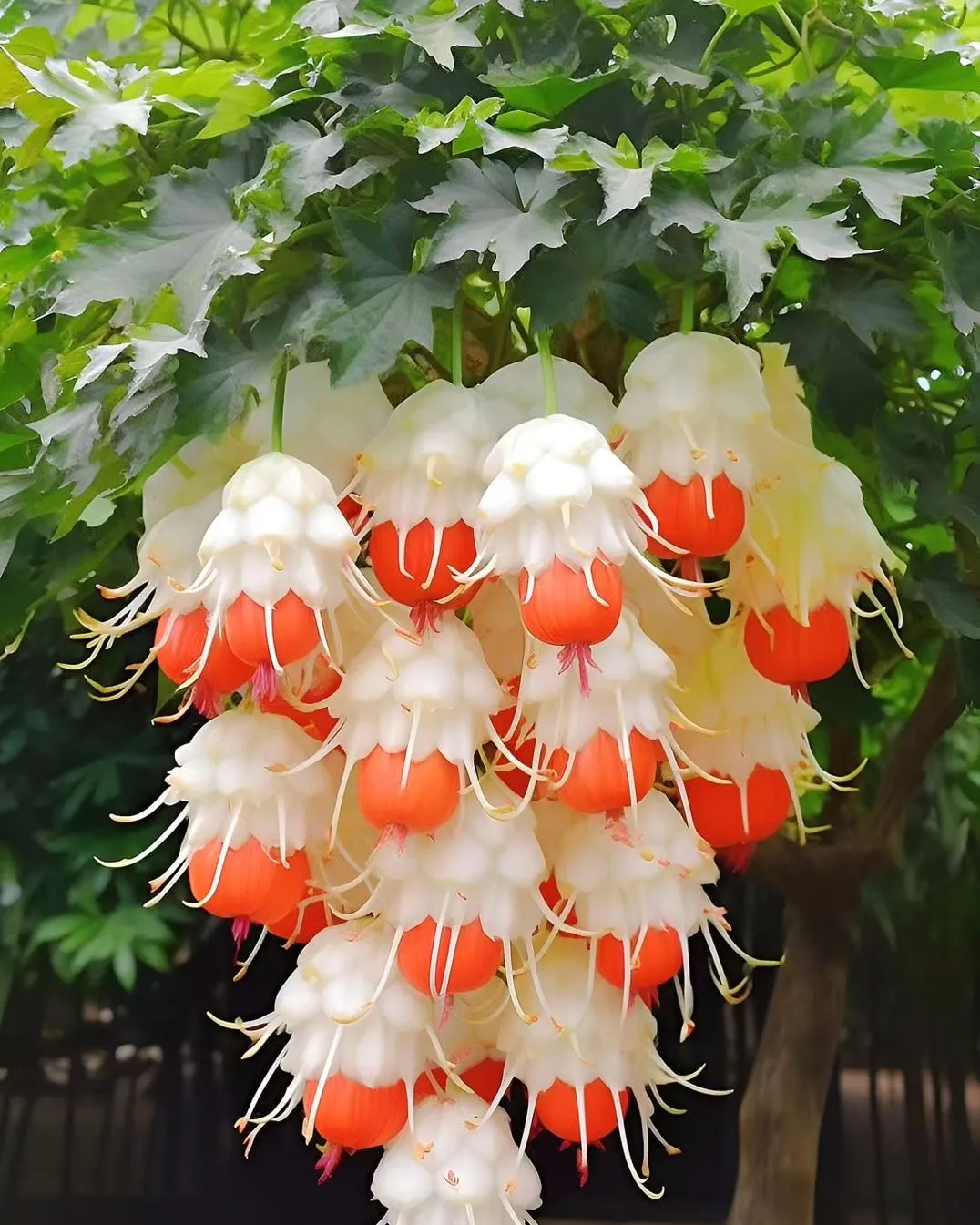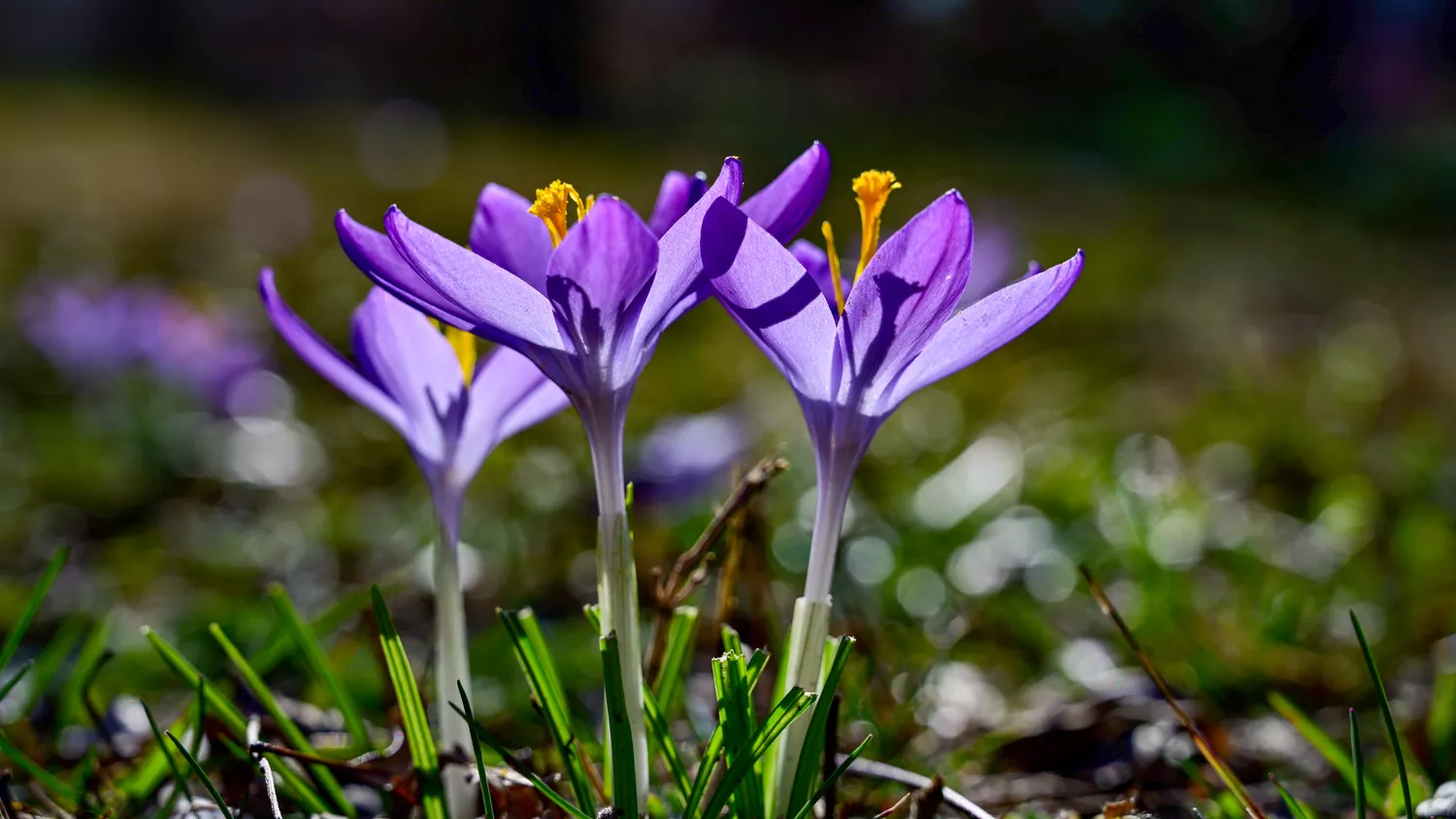Lisianthus (Eustoma spp.) flowers are tender perennials or biennials that are often grown as annuals. Also called prairie gentian, it returns natively each year in prairies and fields from northern Mexico to Colorado and Nebraska. Lisianthus plants are 1 to 3 feet tall and feature large, bell-shaped purple and white flowers with flared lobes that bloom on one or more upright stems.
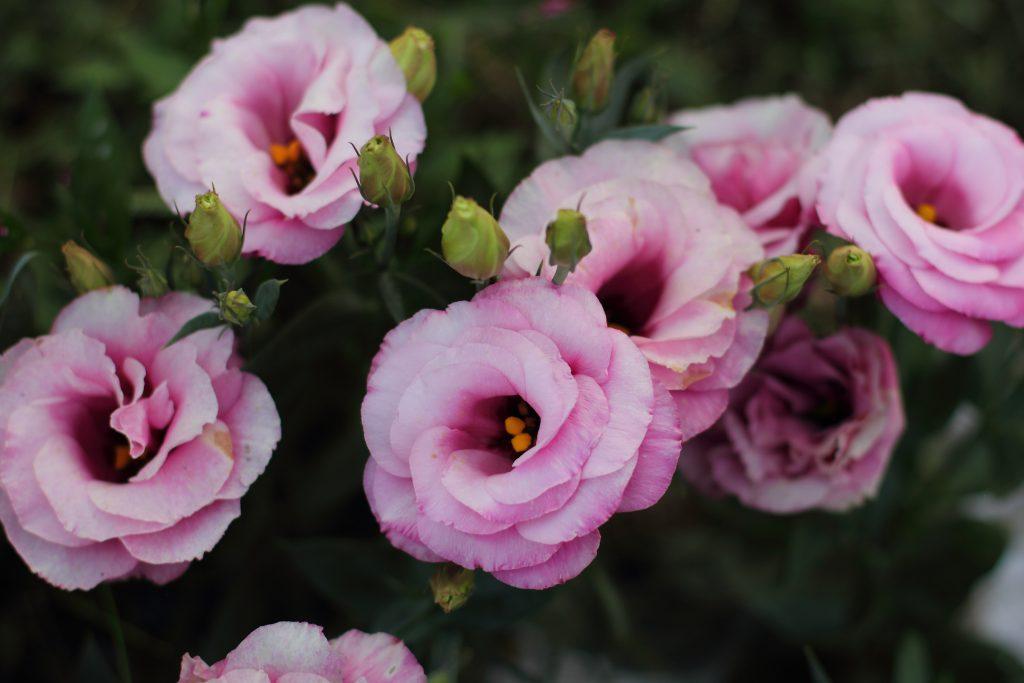
They can be a little complicated to grow and care for, but they are worth the effort if you like cut flowers. Cut lisianthus flowers can last about two weeks and bloom in summer and fall. Depending on the regional climate, they may bloom in June or July and continue until September or October. Death causes more flowers. They are famous for looking like a rose but lasting longer in the vase.

Lisianthus is in high demand for bridal bouquets and other arrangements for special occasions. Lisianthus colors commonly come in white, pink, purple, and cream, but occasionally you may see yellow, apricot, pink, or red. The foliage of the flower is dark green, lance-shaped and slightly fleshy in texture.
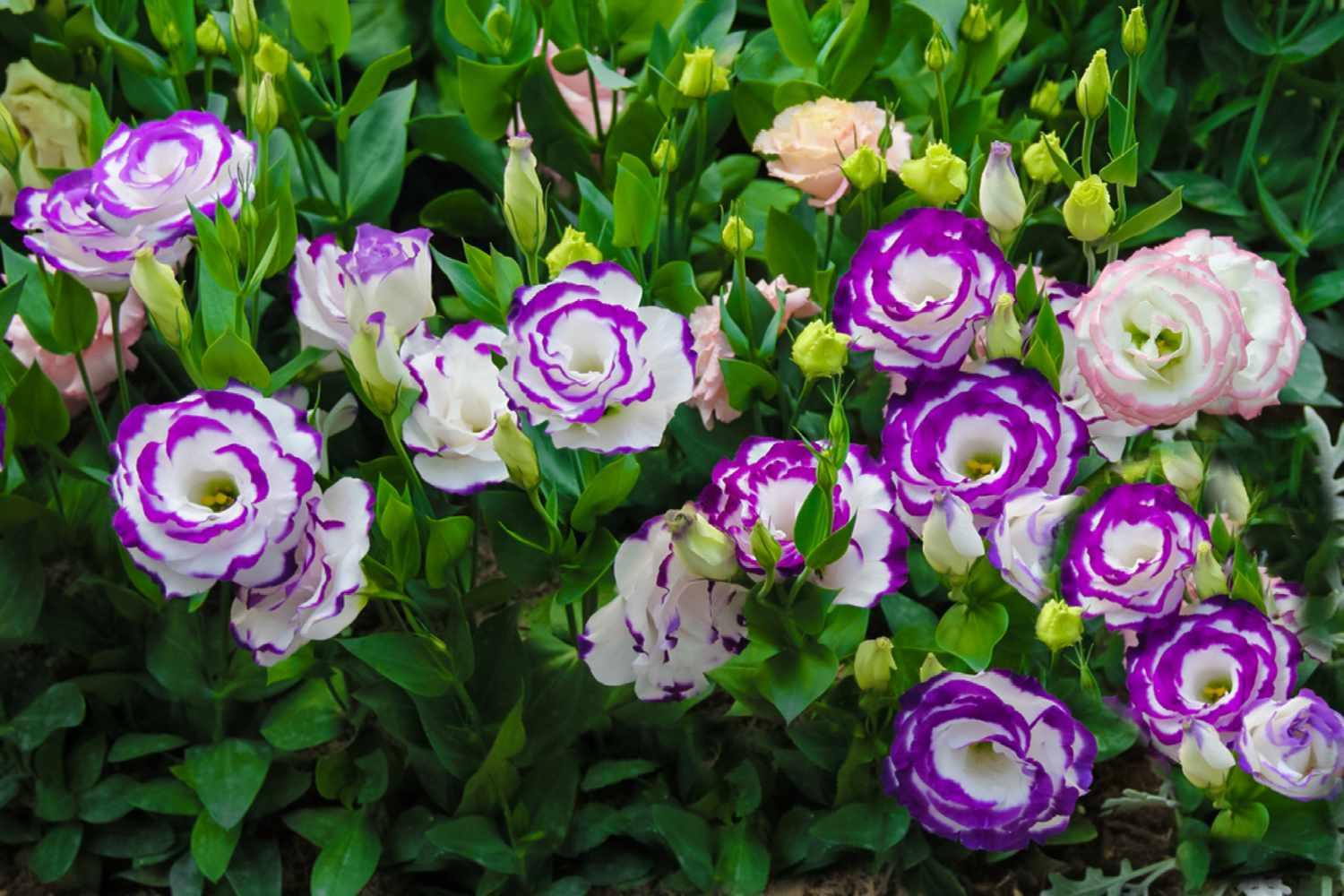
As an annual garden flower, lisianthus planted from seed grows slowly and reaches floral maturity in five to six months. Most gardeners plant them from commercial nursery plants started from seed in greenhouses the previous fall so they burst into layered, wavy flowers in the spring.
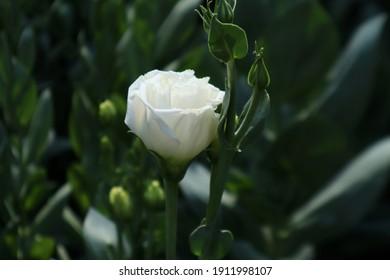
Depending on your growing zone, lisianthus may reappear each year. Lisianthus is annual in all zones and perennial or biennial in zone 8 or warmer, meaning it grows back in frost-free regions. While lisianthus can be grown from seed, it is not advisable for beginning gardeners, as the tiny lisianthus seeds take a long time to mature into flower-sized plants unless grown in strictly greenhouse conditions. maintained.
Your best bet is to plant nurseries in spring, carefully choosing lisianthus plants with buds or emerging flowers (greenhouse growers sometimes produce plants that prefer foliage to flowers).
Lisianthus is not easy to grow. This plant has earned a reputation for being finicky. Ideal soil, careful watering, precise feeding, and frequent staking are required to grow the prized flower stems favored by flower arranging enthusiasts.
Plant your lisianthus in a location that has full sun, where the plant can receive at least six to eight hours of sunlight per day. If you live in an area with very hot summers, the plants will benefit from afternoon shade, but don’t worry too much. The more consistent the sunlight on your lisianthus, the better foliage and flowers your plant will have.
Choose a planting site with well-draining soil. Raised beds are ideal, as are containers. Lisianthus prefers soil rich in organic matter such as manure, compost or leaf mold. The soil must have good drainage and not become waterlogged, which can cause root rot.
Lisianthus flowers cannot tolerate a very acidic soil pH. It also does not like alkaline soils. Maintain a soil pH between 6.5 and 7.0 to prevent your lisianthus plants from developing yellowing leaves and decreased vigor.
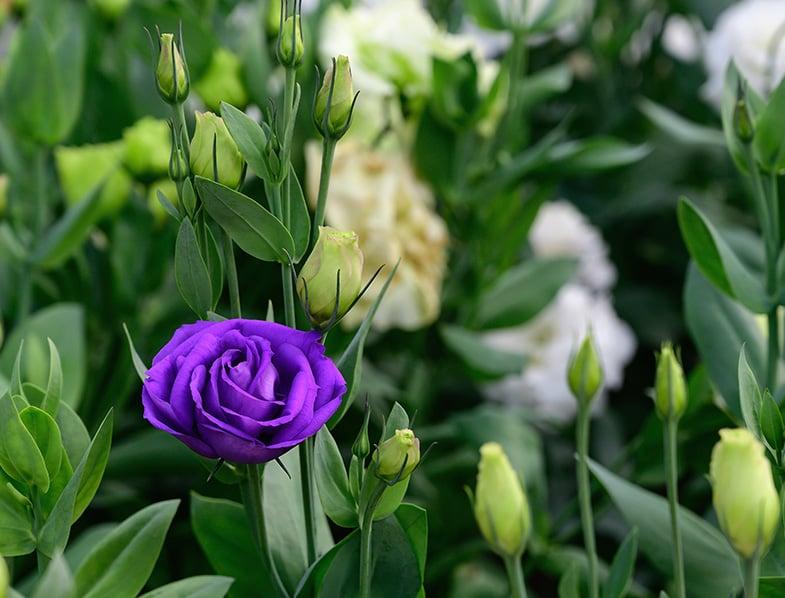
Keep your lisianthus plants moist, but never allow them to become soggy. Overwatering your plant can encourage the development of fungal diseases. If you have the time to create one, a drip irrigation system can give your plants water from the roots, right where they need it. The plant’s soil should be allowed to dry out between waterings, but do not allow the plants to dry out. Getting your watering timing right can be a challenge when growing lisianthus. About 1 inch of rain/watering per week is ideal for lisianthus.
Lisianthus is a heat-loving plant native to areas where days are relatively dry and summer nights are warm, although they will flower more profusely if given more humidity. They don’t mind hot conditions and can even tolerate a little drought, which can reduce blooms. But lisianthus does not tolerate humidity and does not do well in humid climates with limited sun, such as those of the Pacific Northwest.
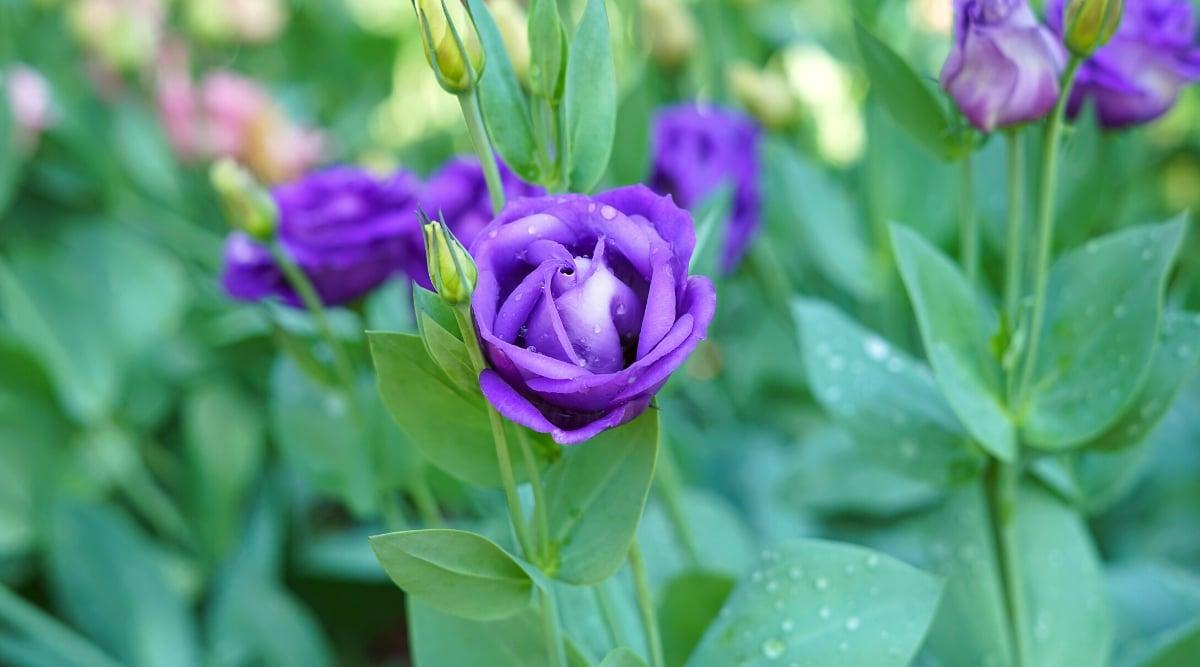
Lisianthus flowers need a constant flow of nutrients to produce well-branched, abundantly flowering plants. Choose a flower fertilizer that contains one and a half times the amount of potassium as nitrogen and apply it according to package directions throughout the plant’s growing season. Lisianthus require regular feeding and more often if rains are frequent.
If you’re serious about flower arranging, plant a large patch of lisianthus and be prepared to care for them carefully to ensure the best flowers possible. In a large plot, the chances of getting a good number of perfect flower stems are much higher. But even when imperfect, lisianthus flowers make excellent citizens of the mixed border. The answer may be to enjoy them where they are rather than insisting on perfect cut flowers.

